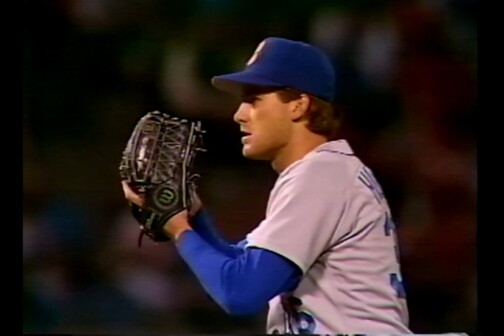Next month, the Santiago Calatrava-designed Margaret Hunt Hill Bridge will open, bringing attention to a long-neglected area of the city, West Dallas. The bridge is an extension of the Woodall Rodgers Freeway, which will bring more traffic into the area and, with that traffic, new development opportunities. City Hall, guided by its CityDesign Studio, has shown signs of enlightenment. It put the horse (public feedback and planning) in front of the cart (expected development) for once, drafting a document titled “West Dallas Urban Structure Plan and Development Guidelines.” The plan received universal acclaim from around the city and state. Texas Monthly said that West Dallas, under the plan, “could potentially become the symbol of 21st-century Dallas.” Based on the early returns and a closer examination, though, I worry that the West Dallas plan will join the ever-growing list of Dallas dreams long on promise but short on substance (see: last summer’s much ballyhooed Dallas Bike Plan, which we have since learned is going nowhere).
The West Dallas plan contains suggested street designs, building heights, and land uses. Derived from a new and evolving type of zoning—form-based code—its intent is a walkable, urban environment, much like Uptown. Compared to typical zoning, form-based codes are more flexible with regard to how land is used (to adapt to the market), but more rigid when it comes to the design of the actual buildings. In essence, the codes create a series of empty glasses, the contents of which rise as developers add more usable square footage according to market demand. Demand is critical, lest you end up with nothing but imaginary glassware.
Therefore, initial phases of development must live up to the established vision. In depressed areas, this typically requires public assistance, working on the assumption that the city’s investment will attract private money, which adds to the tax base. The new bridge, the theoretical Trinity River Park, and the West Dallas plan are steps in that direction. In documents like the West Dallas plan, wording is crucial. And that’s where I found it lacking. There are too many “shoulds” and “oughts” where “musts” are required—mandates not just to the private developers but to the city itself. While some flexibility is necessary to ensure adaptability, ambiguities can lead to unfulfilled hopes.
Often, realized plans differ from what is initially proposed and approved. For instance, State-Thomas, the neighborhood in Uptown centered on State and Thomas streets, doesn’t look like the original plan—but it’s close. The fundamentals remain intact even if some of the specific proposed land uses and building types shifted with market demand. There is a densely knit grid of streets enmeshing smaller, pedestrian-scaled city blocks. This is key, because, as it turns out, nothing is more important in the creation of desirable neighborhoods than the size and scale of its streets and blocks.
Norman Garrick is a professor of civil and environmental engineering at the University of Connecticut. He specializes in transportation networks and their broader impact on the efficacy of cities as a medium for social and economic exchange. Many of his recent studies focus on this idea of the urban network, particularly as measured by the number of intersections per square mile. He found a strong correlation between high intersection density and an increase in alternative modes of transportation, such as foot, bike, and mass transit, as well as a decrease in traffic fatalities. Garrick even suggests intersection density is the strongest predictor of what the city envisions for West Dallas.
To have a high density of intersections, you need small block sizes that are still realistically developable. In State-Thomas, the blocks average about 350 feet by 350 feet. The blocks of the Pearl District in Portland, Oregon, are even smaller, about 225 by 225. These are two of the preeminent urban revitalization efforts in the entire country. The West Dallas plan makes no mention of maximum block size. Based on Garrick’s work, safety, walkability, and development density begin radically improving statistically at around 225 intersections per square mile. State-Thomas has 253 per square mile; West Dallas comes in at 79. In other studies, I’ve found that many of the depressed areas around Dallas have similarly low intersection densities (less than 100 per square mile). While the master plan shows some new public infrastructure, there is no guarantee in the West Dallas plan that these new road connections and a more complex grid of streets will materialize. It simply isn’t written into the code.
The West Dallas plan seems merely to hope that it will happen. And I suppose hope is all we’re clinging to right now.
Write to [email protected].





